Explore the key moments and turning points in the history of design, from the magnificent constructions of ancient Egypt to the sustainable design trends of the 21st century, understanding how design has influenced and reflected the changes in society.
Design is more than just an art; it is a witness to human culture, technological progress, and societal transformation. From the pyramids of ancient Egypt to modern smartphones, the history of design is an epic of human innovation and aesthetic evolution. This article will take you through the important milestones in the history of design, exploring how they have shaped our world.
The Early History of Design

The concept of design, in its broadest sense, encompasses more than just the creation of objects or spaces; it is a reflection of human civilization’s evolving values, technologies, and aesthetic sensibilities. The roots of design can be traced back to the ancient civilizations of Egypt and Greece, where it served not only functional purposes but also conveyed cultural and religious significance. In ancient Egypt, for example, architecture and artifacts were intricately designed with a deep understanding of proportion, symmetry, and decoration. The construction of the pyramids, monumental and precise, reflects an early mastery of architectural design, intended not just as royal tombs but as a testament to divine kingship and the afterlife beliefs.
Similarly, ancient Greece contributed significantly to the foundation of design principles, especially in architecture. The Greeks’ emphasis on harmony and balance is evident in their temples, theatres, and public buildings, which were constructed according to strict mathematical ratios and aesthetic ideals. These structures were not merely functional but embodied the Greeks’ quest for beauty and perfection, influencing countless generations of designers and architects.

During the medieval period, design evolved to reflect the changing social and religious landscape. The dominance of the Christian Church in Europe saw the emergence of religious art and architecture as primary forms of design expression. Gothic cathedrals, with their soaring arches, intricate stained glass, and detailed sculptures, were designed to inspire awe and devotion, reflecting society’s spiritual pursuits. These cathedrals were not only places of worship but also symbols of the city’s wealth and pride, demonstrating how design can serve both sacred and communal purposes.
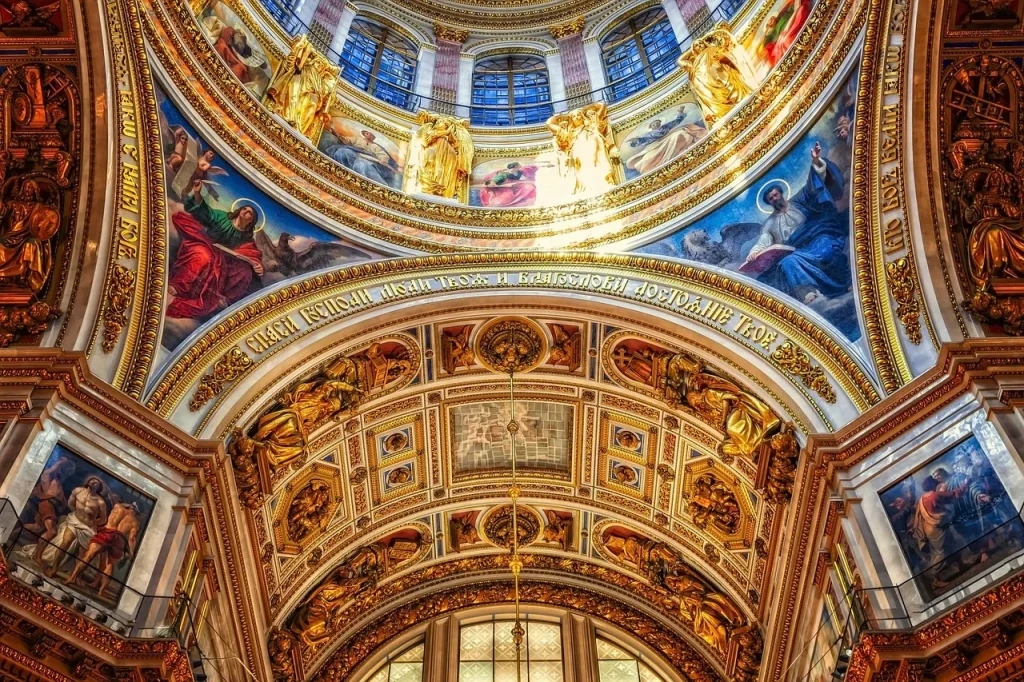
This era also saw the development of illuminated manuscripts, another form of design that combined religious devotion with artistic expression. Monks and scribes meticulously decorated these texts with intricate designs, using vibrant colors and gold leaf to illustrate biblical stories and religious teachings. These manuscripts highlight the medieval period’s dedication to craftsmanship and the role of design in enhancing the spiritual experience.
The early history of design reveals a continuous interaction between form and function, aesthetics and utility. It shows how design has always been an integral part of human culture, serving to express our values, beliefs, and aspirations. As societies evolved, so too did the purposes and meanings attributed to design, setting the stage for the vast and varied world of design we know today.
Design Progress Before the Industrial Revolution
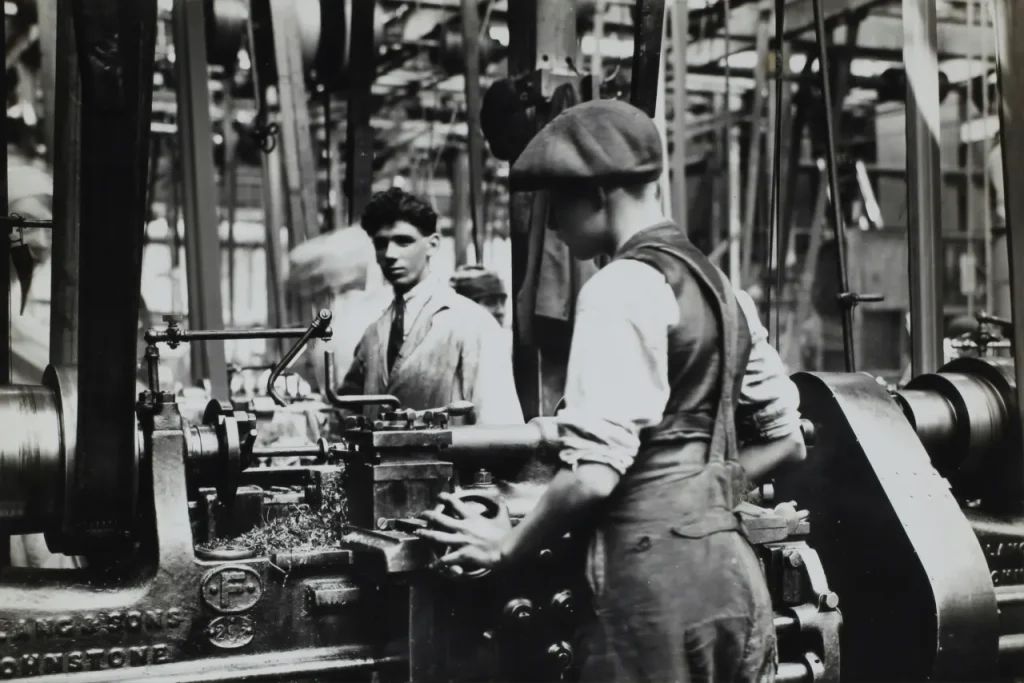
Before the sweeping changes of the Industrial Revolution reshaped society and its approach to design, the period leading up to this transformative era was marked by significant artistic and intellectual developments. The Renaissance, a period of rebirth and rediscovery that began in the 14th century and spread across Europe, marked a turning point in design history. It was characterized by a renewed interest in the classical culture of ancient Greece and Rome, which had a profound impact on architecture, sculpture, painting, and decorative arts. The rise of humanism during this time emphasized the value of the individual and the pursuit of knowledge, leading to a fusion of art and science that propelled design forward.
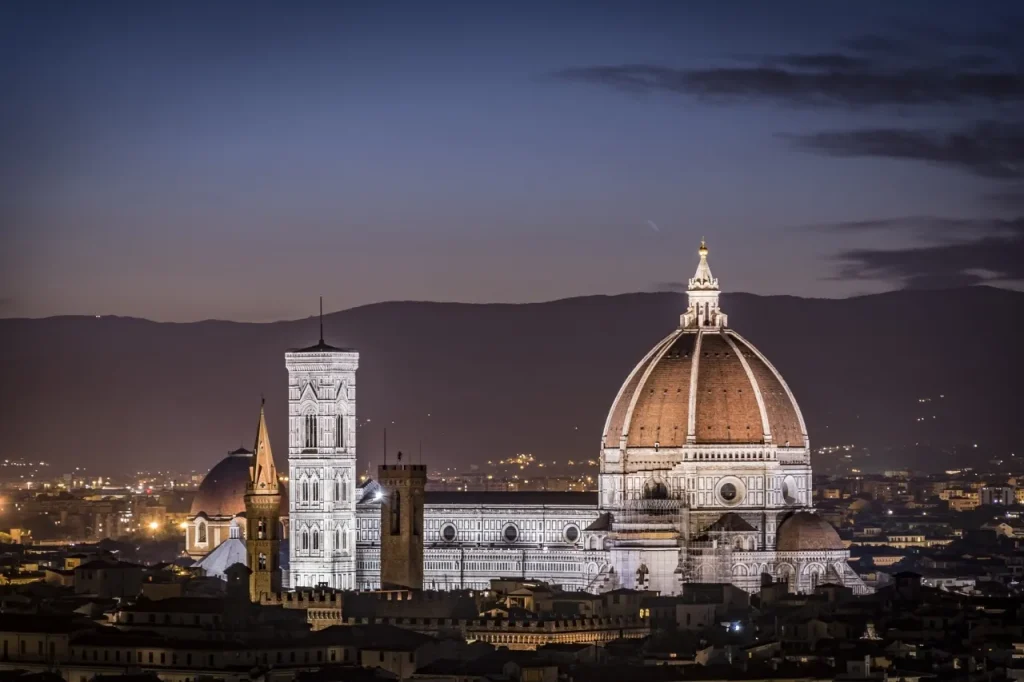
Architects and designers of the Renaissance looked to the symmetry, proportion, and geometry of ancient structures as models for their own work, blending these elements with innovative techniques and materials. This period saw the creation of iconic works that balanced form and function with unprecedented elegance, such as the domed cathedral of Santa Maria del Fiore in Florence, designed by Filippo Brunelleschi. His use of a double-shell dome and a herringbone brick pattern not only solved the technical problem of spanning the cathedral’s wide nave but also created a visually stunning landmark.
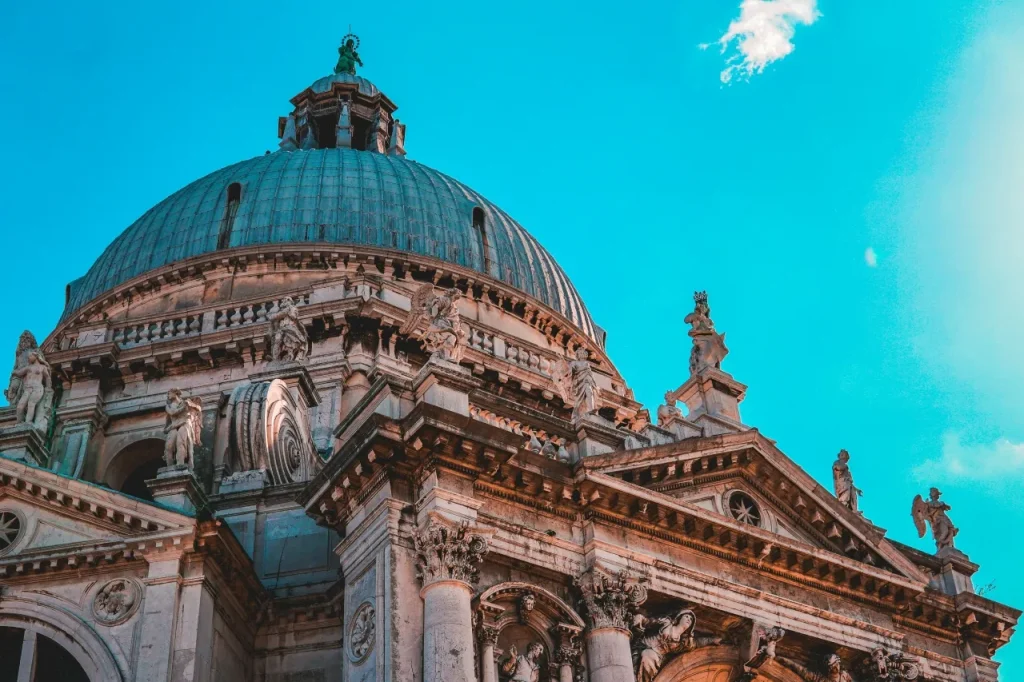
As the Renaissance gave way to the Baroque and Rococo periods in the 17th and 18th centuries, design took on new dimensions of complexity and grandeur. The Baroque style, with its emphasis on drama, movement, and grandiosity, manifested in lavishly decorated churches and palaces that were designed to evoke emotional responses and convey the power and glory of the church and monarchy. In contrast, the Rococo style, which emerged as a reaction to the Baroque’s solemnity, embraced lightness, elegance, and a playful use of asymmetry and curves. Rococo interiors, furniture, and decorative arts were adorned with delicate ornaments, pastel colors, and themes drawn from nature, reflecting a more personal and intimate approach to design.
These periods also saw the rise of specialized disciplines within design, such as landscape architecture and interior design, as the creation of harmonious environments became a focus for both public and private spaces. The gardens of Versailles, designed by André Le Nôtre, exemplify the Baroque approach to landscape design, with their precise geometric layouts, expansive vistas, and dramatic water features, all serving to showcase the absolute power of Louis XIV.
The advancements in design before the Industrial Revolution were not just stylistic but also technical, as designers and craftsmen experimented with new materials and construction methods. The development of printmaking techniques, for example, allowed for the wider dissemination of design ideas and patterns, facilitating the exchange of artistic and cultural influences across Europe.
In summary, the period before the Industrial Revolution was a time of significant progress in design, driven by the rediscovery of classical ideals, the integration of art and science, and the development of new styles and techniques. These advancements laid the groundwork for the modern understanding of design as a comprehensive discipline that encompasses a wide range of human activities and aspirations.
The Industrial Revolution and the Transformation of Design
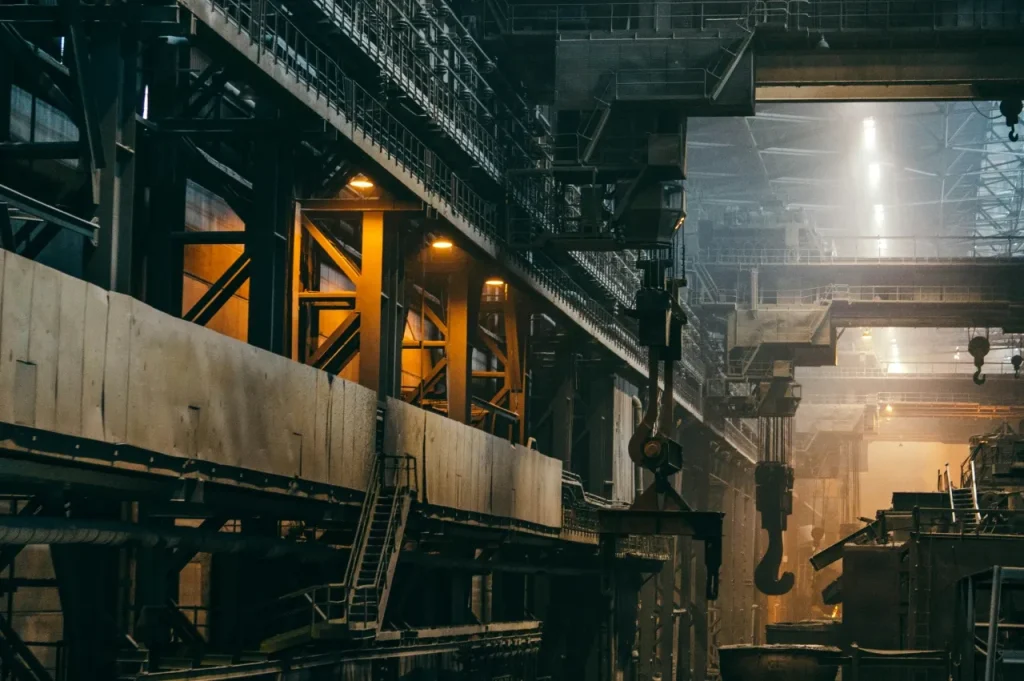
The Industrial Revolution, which began in the late 18th century and continued into the 19th century, fundamentally altered the landscape of design in numerous ways. This period was characterized by dramatic advances in manufacturing technology, including the introduction of steam power, the development of machine tools, and the establishment of factory systems. These innovations enabled mass production of goods, making products more accessible to a broader segment of the population but also leading to a decline in the quality and individuality of items produced.
As production shifted from artisanal workshops to factories, the role of the designer transformed as well. Designers began to confront new challenges related to mass production, such as standardization, functionality, and the economic efficiency of products. The aesthetic quality of goods often took a backseat to these concerns, leading to a proliferation of products that were functional and affordable but lacked artistic merit. This shift sparked a debate about the role of beauty in everyday objects and the importance of design in improving the quality of life.
In response to the perceived degradation of design standards and the loss of individual craftsmanship, the Arts and Crafts movement emerged in the late 19th century, primarily in Britain but with influence worldwide. Founded by William Morris and other artists and thinkers, the movement sought to restore the dignity of craftsmanship and the beauty of handcrafted goods. Advocates of the Arts and Crafts movement championed traditional techniques and materials, aiming to harmonize the design of objects with their function and to integrate art into the fabric of everyday life. The movement was also a critique of the social and environmental impacts of industrialization, advocating for more sustainable practices and a better quality of working life for artisans.
The Industrial Revolution also ushered in the era of the professional designer. As the complexity of manufacturing processes and products increased, so did the need for specialized knowledge in design. This period saw the birth of industrial design as a distinct profession, concerned with the aesthetic and functional aspects of mass-produced goods. The role of the designer expanded beyond mere decoration to include considerations of ergonomics, user experience, and brand identity.
Furthermore, the revolution brought about significant changes in interior design and architecture. The availability of new materials, such as cast iron, steel, and glass, allowed for the creation of new types of structures, such as the Crystal Palace in London, which showcased the potential of these materials in construction. These advancements also influenced the design of public spaces, transportation, and urban planning, reflecting the changing needs and aspirations of a society in the midst of industrial and technological transformation.
In summary, the Industrial Revolution was a pivotal moment in the history of design, marking the transition from traditional craftsmanship to mass production. It challenged designers to rethink their approaches to creation and production, leading to the emergence of new design philosophies and movements. The period set the stage for modern design disciplines, emphasizing the importance of balancing aesthetic appeal with functionality and efficiency in a rapidly industrializing world.
The Rise of Modern Design
The early 20th century witnessed a seismic shift in the world of design, marked by the emergence of the Bauhaus school in Germany and the widespread adoption of modernist design principles. This era was characterized by a deliberate move away from the ornate and decorative styles of the past, towards a new philosophy that championed simplicity, functionality, and the integration of form and function. The motto “less is more,” often associated with architect Ludwig Mies van der Rohe, became a guiding principle, reflecting the modernist belief in stripping away superfluous elements to reveal the essence of design.

The Bauhaus, founded by Walter Gropius in 1919, played a pivotal role in shaping modern design education and practice. It brought together fine arts and crafts with the goal of creating a total work of art in which all aspects of design were integrated. The Bauhaus curriculum combined theoretical instruction with practical workshop training, encouraging experimentation with new materials and technologies. This approach not only fostered innovation but also aimed to bridge the gap between art and industry, making good design accessible to the masses.
Modernist designers sought to reflect the spirit of the modern age in their work, embracing the possibilities presented by technological advancements and industrial mass production. They utilized new materials such as steel, glass, and concrete to create designs that were both functional and aesthetically pleasing. The architecture of the period, for example, featured clean lines, open floor plans, and large windows that allowed for natural light, embodying the modernist principles of clarity, simplicity, and harmony with the surrounding environment.

This era also saw the rise of industrial design as a distinct field, with designers like Raymond Loewy, Dieter Rams, and Charles and Ray Eames making significant contributions to the design of consumer products, furniture, and transportation. Their work emphasized ergonomics, user experience, and sustainability, alongside aesthetic considerations, setting new standards for design excellence.
The impact of modern design extended beyond the realm of professional practice to influence everyday life. It reshaped public spaces, housing, and consumer goods, reflecting a commitment to improving human living conditions through design. The legacy of the Bauhaus and modernist design continues to be felt today, underpinning the principles of many contemporary design movements that value sustainability, inclusivity, and technological innovation.
In summary, the rise of modern design marked a revolutionary departure from historical styles, focusing instead on the relationship between form and function. It championed simplicity, efficiency, and the integration of art and technology, laying the foundations for the development of design as a profession and an essential aspect of modern life. The principles established during this period continue to influence designers around the world, making it a seminal moment in the history of design.
Postmodern Design and the Digital Age

The transition into the postmodern design era in the latter half of the 20th century marked a significant departure from the strict, form-follows-function mantra of modernism. Postmodern design embraced complexity, contradiction, and the blending of different styles and historical references, reflecting a society increasingly skeptical of universal truths and narratives. This period was characterized by a more playful, eclectic approach to design, incorporating humor, irony, and a revival of ornamentation and decorative elements that modernism had rejected. Designers like Robert Venturi, with his assertion “Less is a bore,” challenged the minimalism of modern architecture and design, advocating for a more inclusive approach that acknowledged diversity and complexity in human experiences.
As postmodernism unfolded, it became synonymous with the rise of digital technology, which brought about transformative changes in how designers worked and thought about design. The advent of personal computing and the internet in the late 20th and early 21st centuries opened up unprecedented possibilities for creativity and innovation. Graphic design, for instance, was revolutionized by digital tools that allowed for more intricate designs and easier manipulation of images and text, leading to new styles and visual languages.
Digital technology also gave birth to entirely new disciplines within design, most notably digital interface design and interaction design. These fields focus on creating user-friendly and engaging digital environments, from websites and mobile apps to virtual reality experiences. The principles of user experience (UX) design and user interface (UI) design have become central to the development of digital products, emphasizing the importance of understanding human behavior and needs in the context of technology use.
Moreover, the digital age has facilitated a more participatory approach to design, with users increasingly involved in the creation and customization of digital experiences. Social media platforms, for example, allow users to personalize their digital spaces, blurring the lines between designer and user. Crowdsourcing and open-source projects represent another aspect of this shift, democratizing design and innovation by leveraging the collective skills and knowledge of a global community.
The impact of digital technology on design extends beyond the creation of digital products to influence physical design as well. Digital fabrication technologies, such as 3D printing, have opened up new possibilities for manufacturing and material use, enabling more personalized, complex, and sustainable design solutions.
In summary, the postmodern era and the advent of the digital age have expanded the horizons of design, introducing greater diversity, experimentation, and user engagement. These developments have challenged traditional design paradigms, leading to a more inclusive and dynamic understanding of what design can be. As technology continues to evolve, it promises to further shape the future of design, pushing the boundaries of what is possible and redefining our relationship with the built and digital worlds.
Design Trends in the 21st Century
The 21st century has witnessed a profound shift in design thinking and practice, driven by global challenges and technological advancements. Today’s design trends go beyond aesthetic appeal and practicality, embracing sustainability, inclusivity, and a deep focus on the user experience. These trends are shaping the future of design across all disciplines, from architecture and product design to digital interfaces and beyond.

Sustainability and Eco-friendly Design: With the growing awareness of environmental issues such as climate change and resource depletion, sustainability has become a central concern in design. Designers are increasingly adopting eco-friendly practices, using renewable materials, and designing products with lower carbon footprints. In architecture, green buildings that utilize energy-efficient technologies and biophilic design principles are becoming more common, aiming to create spaces that promote both environmental sustainability and human well-being.
Inclusivity and Universal Design: Another significant trend is the emphasis on inclusivity and accessibility in design. Products, services, and spaces are being designed with a wider range of users in mind, including those with disabilities. Universal design principles are being applied to ensure that everyone, regardless of age, ability, or background, can access and benefit from design. This approach not only enhances functionality and usability but also fosters a more equitable society.
User Experience (UX) and Human-centered Design: The digital age has brought the user experience to the forefront of design. In the realm of digital products, designers are focusing on creating intuitive, engaging interfaces that meet the users’ needs and expectations. This human-centered approach extends beyond digital design, influencing how products and spaces are conceived to ensure they are more responsive to human behavior and preferences.
Digital and Emerging Technologies: Technological innovations continue to open new frontiers in design. Augmented reality (AR), virtual reality (VR), and artificial intelligence (AI) are being integrated into various design processes, offering new ways to visualize, interact with, and personalize designs. These technologies are not only transforming the design field itself but also how users interact with designed products and environments.
Minimalism and Material Honesty: Echoing the modernist mantra of “less is more,” contemporary design often embraces minimalism, where simplicity and functionality prevail. This trend is characterized by clean lines, uncluttered spaces, and the honest use of materials. The minimalist approach emphasizes the essence of the design, avoiding unnecessary decoration or complexity, and focuses on the purity of form and material.
Adaptive and Responsive Design: As the world becomes increasingly dynamic, designs are evolving to be more adaptive and responsive. Flexible architecture that can change according to different needs, adaptive products that can be customized for individual users, and digital interfaces that adjust to user behavior are examples of this trend. This adaptability ensures that design remains relevant and useful over time, responding to the evolving needs of society and the environment.
In summary, the 21st-century design trends are characterized by a holistic approach that considers aesthetic, practical, and ethical dimensions. By prioritizing sustainability, inclusivity, user experience, and technological innovation, designers are not only addressing the immediate needs of users but also contributing to the creation of a more sustainable, equitable, and human-centered future.
The Interaction between Design and Societal Changes
Design functions as a dynamic interplay between mirroring societal trends and catalyzing change within society. This intricate relationship reveals the power of design to not only reflect but also influence and shape the cultural, social, and technological narratives of its time. It serves as a lens through which we can observe the evolving lifestyles, values, and technological advancements of communities, while simultaneously acting as a tool for improving human experiences through innovation and aesthetic enhancement.
Cultural Reflection and Influence: Design captures the zeitgeist, embodying the cultural movements, ideologies, and aspirations of people in tangible forms. From the opulent Art Deco era that celebrated luxury and exuberance post-World War I, to the minimalist designs of the late 20th century that emphasized simplicity in reaction to consumerism, design trends offer insights into societal values and shifts. Moreover, design influences culture by challenging conventions, introducing new ways of living and interacting with our environment, and by shaping the visual and functional aspects of our daily lives.
Social Inclusion and Accessibility: In recent years, there has been a growing recognition of design’s role in promoting social inclusion and accessibility. Inclusive design practices aim to create products, services, and environments that are accessible to people with a wide range of abilities, ages, and backgrounds, reflecting a commitment to diversity and equality. By considering the full spectrum of human diversity, design has the power to bring about social change, fostering environments that are more inclusive and accommodating for everyone.
Technological Advancement and Adaptation: The evolution of design is closely linked to technological progress. As new technologies emerge, design adapts to incorporate and humanize these advancements, making them accessible and useful for everyday life. The transition from analog to digital, the rise of the internet, and the advent of smart technologies have all been mirrored in design practices. Design not only adapts to these technological changes but also anticipates future needs and possibilities, pushing the boundaries of innovation and creating new forms of interaction and communication.

Environmental Consciousness: With increasing awareness of environmental issues, sustainable design has emerged as a crucial area of focus. Designers are exploring ways to reduce waste, use sustainable materials, and create products and spaces that minimize environmental impact. This trend reflects a growing societal concern for the planet and a shift towards more responsible consumption and production practices. Through sustainable design, the field is actively contributing to the global effort to address environmental challenges, demonstrating how design can be a force for environmental stewardship.
Quality of Life Enhancements: At its core, design seeks to improve the quality of life by solving problems, enhancing functionality, and bringing beauty into our daily experiences. Whether through ergonomic product designs that improve comfort and health, urban planning that considers the well-being of communities, or digital interfaces that simplify complex tasks, design plays a crucial role in enhancing our interactions with the world around us.
In conclusion, the interaction between design and societal changes is a testament to the transformative power of design. It not only reflects our current realities but also possesses the potential to envision and create a better future. By responding to and influencing cultural, social, and technological trends, design acts as a pivotal force in shaping a more inclusive, sustainable, and aesthetically enriched world.
The Future Outlook for Design
The landscape of design is on the cusp of significant transformation, driven by rapid advancements in technology, evolving societal needs, and a growing emphasis on environmental sustainability. The future of design is poised to become more intelligent, personalized, and ecologically responsible, reflecting broader trends and challenges in our global society. Moreover, design education is set to evolve in response to these shifts, preparing the next generation of designers to navigate and shape this new terrain with creativity, empathy, and innovation.
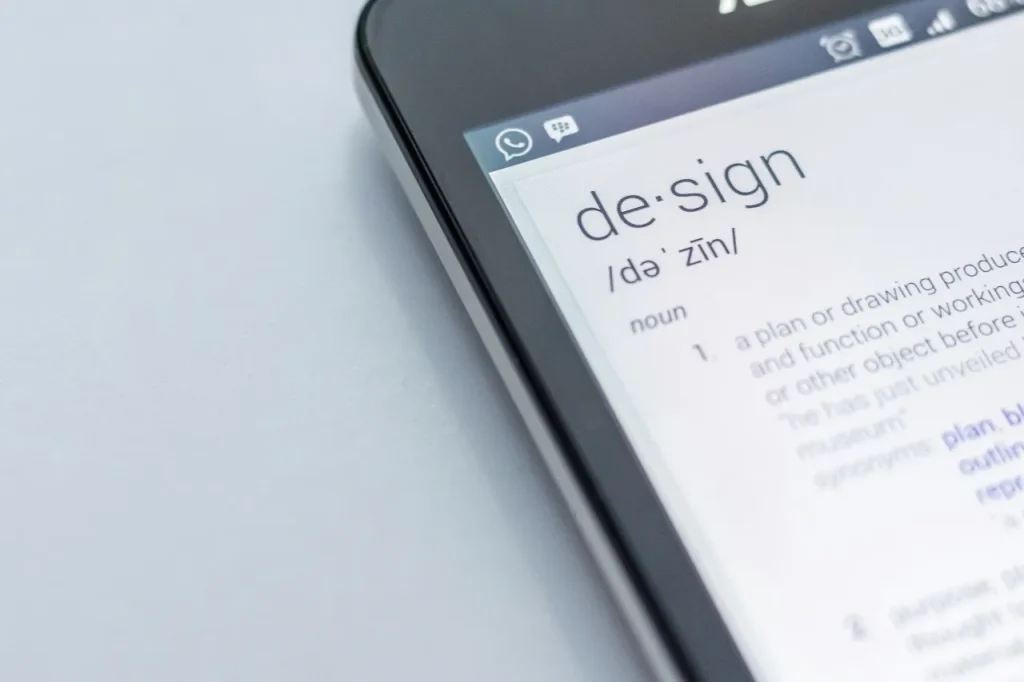
Intelligent and Adaptive Design: The integration of artificial intelligence (AI) and machine learning into the design process will enable the creation of more intelligent systems and products that can learn from user interactions and adapt over time. This could manifest in smarter homes that anticipate our needs, more responsive urban environments, or adaptive digital interfaces. The challenge for designers will be to harness these technologies in ways that enhance human experiences without compromising privacy or autonomy.
Personalization and Customization: As digital fabrication technologies such as 3D printing become more accessible, the potential for personalization in design will expand dramatically. Future design will likely offer unprecedented levels of customization, allowing products, services, and environments to be tailored to individual preferences and needs. This trend will challenge designers to think in new ways about user involvement in the design process and the possibilities for co-creation.
Sustainability and Circular Design: Environmental considerations will increasingly drive design decisions, with a focus on sustainability and the principles of the circular economy. Designers will be tasked with creating products and systems that minimize waste, promote the reuse of materials, and reduce environmental impact across the lifecycle. This will require a holistic approach to design, considering not only the end product but also the sourcing of materials, production processes, and end-of-life scenarios.
Design Education for a Changing World: To prepare designers for these future challenges, design education will need to evolve. It will become imperative to foster multidisciplinary learning, integrating knowledge from technology, environmental science, sociology, and beyond. Design curricula will need to emphasize systems thinking, sustainability, and ethical considerations, equipping students with the skills to tackle complex global issues through design. Furthermore, the rise of online learning platforms and virtual collaboration tools will democratize access to design education, enabling a more diverse range of voices to contribute to the field.
Ethics and Responsibility: As design plays an increasingly influential role in shaping human experiences and societal structures, ethical considerations will become even more critical. Designers will need to navigate complex issues related to data privacy, equity, and the social impact of their work. This will require a deepened sense of responsibility and a commitment to designing with, not just for, communities and stakeholders.
In conclusion, the future outlook for design is both exciting and challenging. It promises a world where design is more integrated into our daily lives, offering smarter, more personalized, and sustainable solutions to the challenges we face. As the field continues to evolve, the role of the designer will expand, requiring a blend of creativity, technical skill, and ethical insight. The future of design holds the potential not only to enhance the quality of human life but also to play a pivotal role in addressing some of the most pressing issues of our time.
Conclusion
The journey through the history of design reveals a rich tapestry of innovation, creativity, and adaptation, illustrating how design has continually evolved to meet the changing needs and aspirations of society. Each era’s distinctive design philosophies and practices offer a mirror to the prevailing societal, cultural, and technological contexts, providing insightful reflections on how humans interact with their environment and with each other. From the ancient mastery of form and function in Egypt and Greece to the modernist simplification of design elements, and onto the postmodern embrace of complexity and digital transformation, the evolution of design underscores a relentless pursuit of solutions that enhance human life.
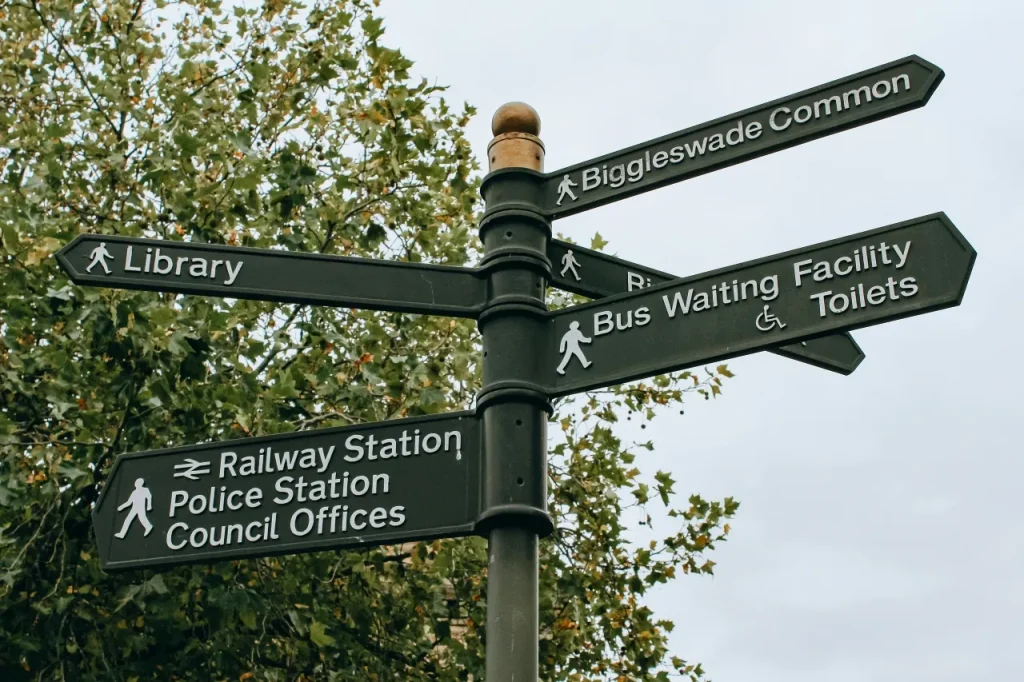
Reflecting on these milestones not only allows us to appreciate the aesthetic advancements over centuries but also serves as a wellspring of inspiration for future design endeavors. It underscores the importance of design as a discipline that not only responds to immediate needs but anticipates future challenges and opportunities. The historical evolution of design teaches us the value of adaptability, the power of innovative thinking, and the significance of sustainability.
As we stand on the threshold of new design frontiers, it becomes clear that the future of design is not just about the continuation of past trends but about pushing the boundaries of what is possible. It invites a collaborative, interdisciplinary approach that leverages emerging technologies and addresses the pressing environmental and societal challenges of our time. The future of design promises a world where inclusivity, sustainability, and user-centric solutions are not just ideals but integral aspects of the design process.
In conclusion, the history of design is a testament to human ingenuity and resilience. It highlights design’s pivotal role in shaping our world and improving our quality of life. As we move forward, it is imperative that we carry forward the lessons learned from the past, harnessing the power of design to create a more equitable, sustainable, and beautiful future. By doing so, we honor the legacy of countless designers who have left their mark on history and pave the way for future generations to continue this journey of innovation and discovery.




